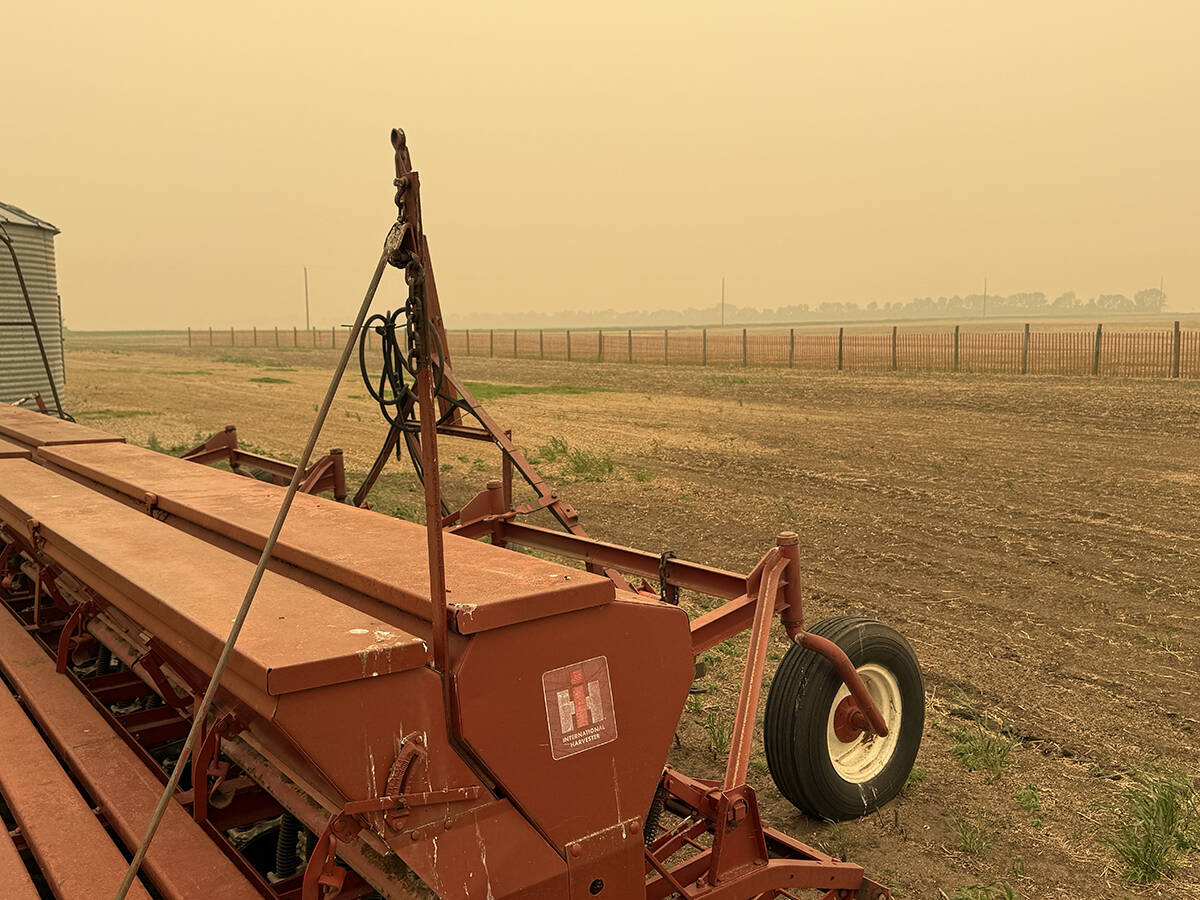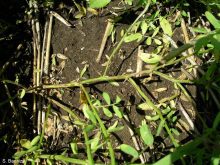LANGHAM, Sask. — After a century of existence, the Western Producer knows a lot about what farmers want to know and need to know.
However, in a rapidly evolving agriculture industry, both farmers and the newspaper have been leaping forward with new questions and needs they want addressed.
That’s been highlighted by the 100 Farmers, 100 Questions, 100 Years project, in which the Producer surveyed farmers to find their wants, needs and interests in today’s competitive farming reality.
At Ag in Motion, Western Producer editor Robin Booker introduced the latest swath of survey results in the year-long project, focusing on what farmers want, need and look for in new crop varieties.
Read Also

Wildfires have unexpected upside this year
One farmer feels smoke from nearby wildfires shrouded the July skies and protected his crop from the sun’s burning rays, resulting in more seeds per pod and more pods per plant.
“Results would be the primary,” said Robert Misko of Roblin, Man., who was one of three farmers at the event providing their perspectives.
According to surveyed farmers and those on the panel, producers want new varieties to yield better, be tougher in the face of bugs, bad weather and disease and be easy to manage within a farm’s crop and pesticide rotations.
Another factor all three farmers on the panel mentioned was market acceptability. Nobody wants to grow a crop that might be hard to market once it’s in the bin due to end use markets and buyers refusing to accept it.
Fillmore, Sask., farmer Sarah Leguee said yield and agronomic characteristics always dominate “as long as it’s not affecting our exporting.”
Prairie farmers have lots of experience with marketing complications caused by innovative varieties that run into market barriers. There have been decades of complications arising from some markets’ refusal to accept genetically modified crops.
Liz Simpson, Bayer’s hybrid development lead for Canada, said companies like hers go through an exhaustive process of earning approvals for new products in critical markets before bringing them to market.
“There’s really no point in breeding something that you can’t grow, and the last thing we ever want to do is be responsible for breaking the next … market,” said Simpson.
The regulatory demands can be daunting.
That has made new trait development, something many farmers say they want, a very slow process. However, Simpson said crop innovations are coming together much faster these days, and farmers should be pleased when they see the developing varieties rolling out.
“I think we’re going to see so much more in the next 10 years,” said Simpson.
Misko said when he looks back at how crops once fared in the face of bad weather, insects and disease, today’s crops are a radical improvement. Conditions that would once have wiped out crops, such as the recent droughts, now reduce yields but don’t necessarily create a complete wreck.
Farmers also want crops that yield well while using fewer inputs per bushel. With so much pressure on farmers and agriculture to reduce greenhouse gas emissions, this would be a critical improvement.
















